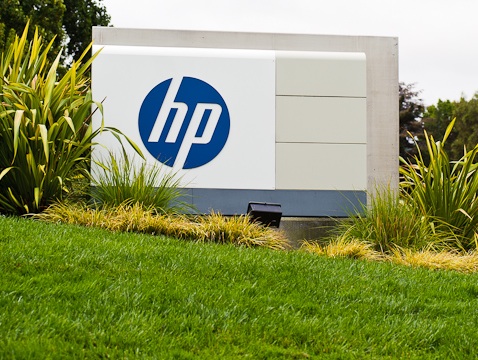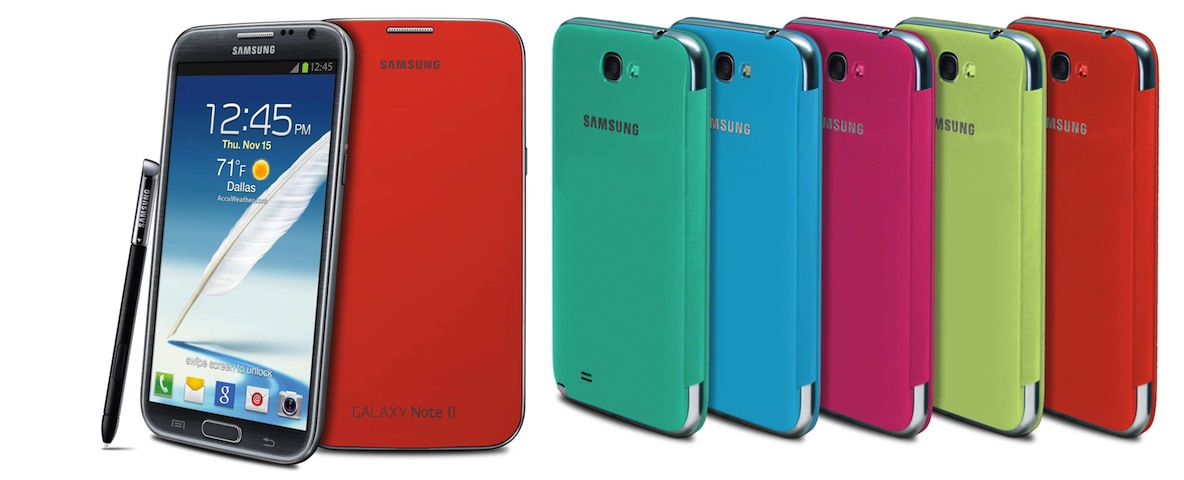Last week there were a pair of interesting stories about the tech industry’s investment models.
The biggest story was the rumours that PC manufacturer Dell may go back to being a private company and the other was Survey Monkey’s raising of $800 million through debt and private capital.
Not your usual VC play
Polling company Survey Monkey’s capital raising is notable because it’s very different to the standard VC equity models used by Silicon Valley companies of this size.
Adding to the unusual nature of Survey Monkey’s behaviour is the declaration that they have no intention of becoming a public company. By ruling out an obvious way for investors to cash out of the business, they are making a clear statement that those putting money into the venture are doing so for the long term.
That Survey Monkey is also taking on debt indicates management believe they are going to have the cash flow to service payments. Not playing to the Greater Fool business model makes the online polling company very different to most of its contemporaries in Silicon Valley.
Dell going private
Survey Monkey’s $800 million is dwarfed by Dell’s market cap of 22 billion dollars so the talk of the PC manufacturer buying out its stock market shareholders and becoming a private company is big news indeed.
The New York Times Dealbook has a close look at the of the idea of taking Dell private and comes to the conclusion it’s not likely to happen.
While there are challenges, there is merit to the idea. Richard Branson delisted Virgin from the London Stock Market in 1988 after becoming frustrated with the short term objectives of his shareholders and there’s a possibility of Michael Dell may feel the same way.
For Dell, the challenge lies in moving away from the commodity PC sector. The Dell Hell debacle showed the company’s management has struggled with the realities of the low margin computer market and things aren’t getting better.
Dell themselves are steadily moving away from PCs with bigger investments in services and other computer hardware sectors.
Project Ophelia, a USB stick sized computer running Google’s Android operating system was one of Dell’s announcements at the Consumer Electronics Show and could mark where the company is going in the post-PC environment.
Given portable and desktop PCs represent over half of Dell’s income moving away from those markets is going to be a major change in direction for the company.
A change is though what the company needs with revenues down 11% on last year which saw profits nearly halved.
Whether going private or staying public will allow Dell to recover its profitability remains to been seen, but management could probably do without the distraction of answering to stock markets while dealing with a complex, challenging task.
Both Dell and Survey Monkey are showing that there isn’t one path to raising funds for technology companies, in fact there’s plenty of businesses raising money privately without the razzamatazz of high profile venture capital investments.
It may well be though that we’re seeing private companies coming back into fashion as individual investors see the advantages in businesses with good cash flows rather then the hyped loss leaders which have dominated Silicon Valley’s headlines.
Image of Wall Street courtesy of Linder6580 on SXC.HU






